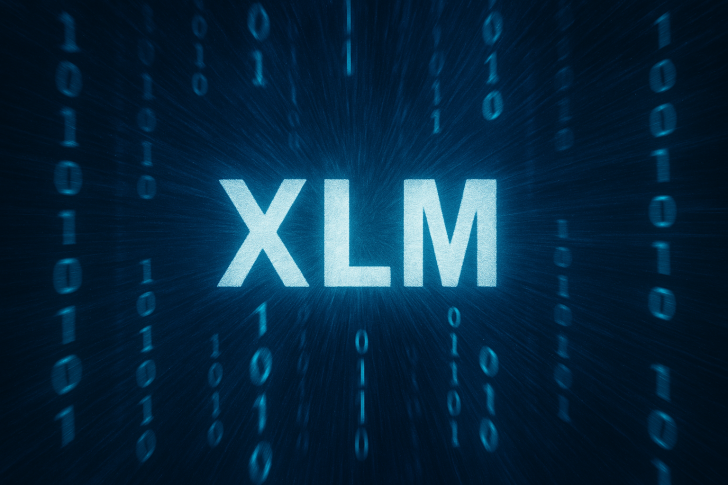● Pi Network's decision to adopt the Stellar Consensus Protocol (SCP) speaks volumes about where blockchain infrastructure is headed. As drealFx || π recently pointed out, the choice came down to four key factors: speed, security, decentralization, and scalability. It's a combination that's rare to find in a single protocol, and it positions $XLM as a standout in an increasingly crowded field.
● But this isn't just a technical story. The regulatory landscape around blockchain is shifting fast. Governments are weighing new tax frameworks that could hit validator rewards and digital transactions with additional levies. While the goal is to capture revenue, there's a real risk these policies could squeeze smaller projects out of the market or push talent toward more crypto-friendly regions. For networks like Pi and Stellar, staying adaptable will be crucial.
● Higher taxes on transactions or staking could dampen participation and chip away at network incentives. Some policymakers are concerned about lost revenue if crypto remains lightly taxed, but industry voices are pushing back with an alternative: target profits from larger players instead of taxing activity across the board. That approach could generate government income without stifling the ecosystem's growth potential.
● Zooming out, Pi's integration of SCP signals a broader trend—consensus mechanisms that deliver both security and scalability are becoming essential for real-world use. This shift has economic ripple effects too: more jobs in blockchain development and validation, increased income tax contributions, and higher corporate tax revenues from fast-growing firms in the space.
● By blending technical strength with strategic flexibility, Stellar and Pi Network are showing how blockchain ecosystems can grow sustainably while navigating regulatory headwinds and economic realities.
 Saad Ullah
Saad Ullah

 Saad Ullah
Saad Ullah


